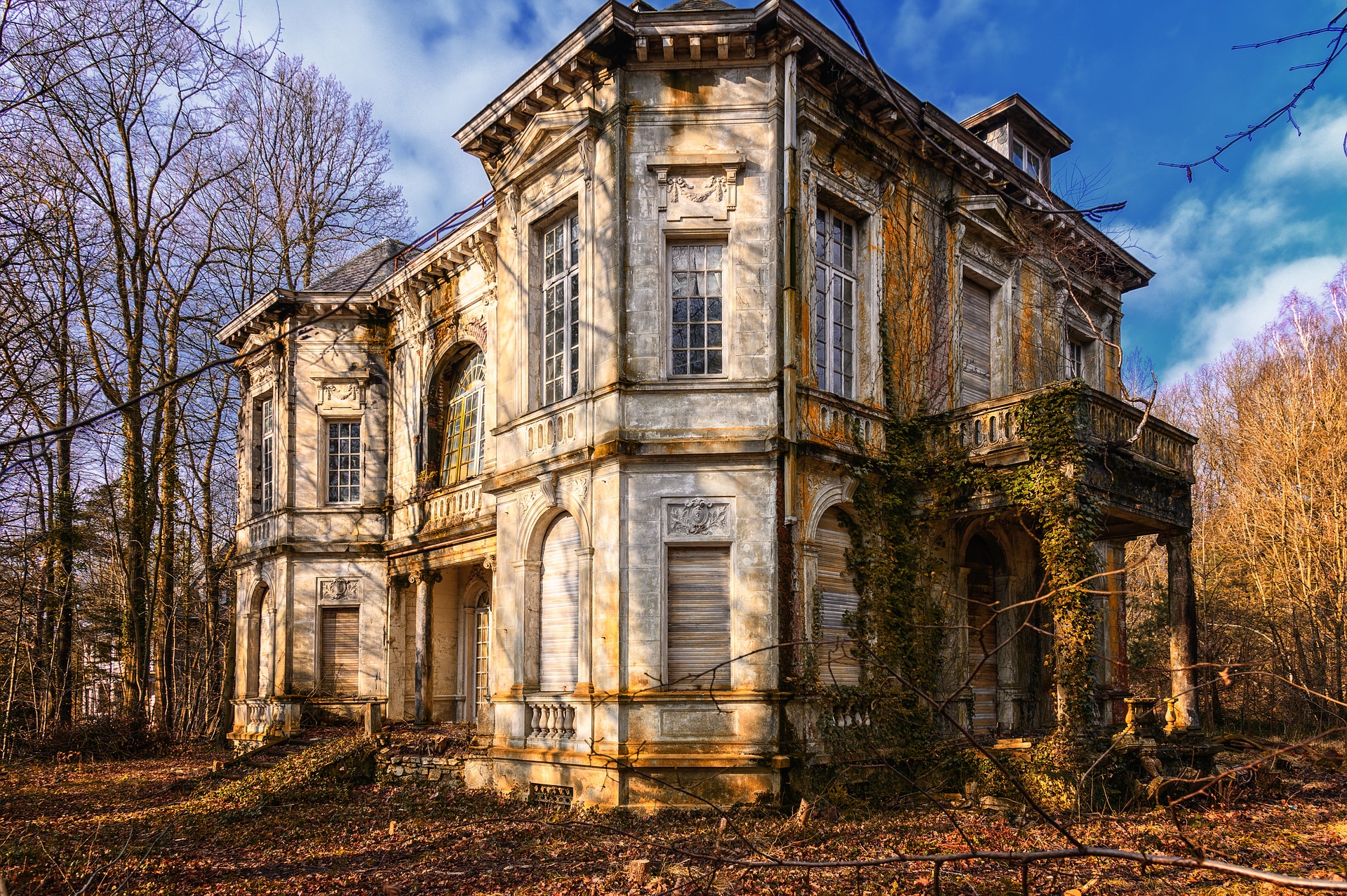Why Are Granny Annexes Becoming More Popular in the United Kingdom for Elder Care in 2025?
In 2025 in the UK, granny annexes are increasingly used as practical alternatives to traditional elder care. These self-contained units support multigenerational living, lower ongoing care costs, and help older adults retain independence. This article examines reasons, benefits, and considerations.

As the UK faces an unprecedented demographic shift with its rapidly ageing population, families are increasingly turning to innovative housing solutions that balance independence with support. Granny annexes have emerged as a practical response to the complex challenges of modern elder care, offering families a way to keep loved ones close while maintaining everyone’s autonomy and dignity.
What Exactly Is a Granny Annexe?
A granny annexe is a self-contained living unit designed specifically for older family members, typically constructed as a separate building in the garden or as an extension to the main family home. These structures include essential amenities such as a bedroom, bathroom, kitchenette, and living area, creating a complete living environment that maintains privacy while keeping family members nearby. Unlike traditional extensions, granny annexes are purpose-built with accessibility features and age-friendly design elements that cater to the specific needs of elderly residents.
The Growth of Multigenerational Living and Rising Care Costs
The trend toward multigenerational living has accelerated significantly in recent years, driven by both cultural shifts and economic pressures. Care home costs in the UK have reached substantial levels, with many families struggling to afford quality residential care. This financial reality, combined with longer life expectancies and a desire to maintain family connections, has made granny annexes an increasingly attractive option. The concept aligns with traditional values of family care while addressing modern practical concerns about housing affordability and care quality.
Financial Advantages and Cost Savings Offered by Granny Annexes
The economic benefits of granny annexes extend beyond simple cost comparisons with care homes. While the initial investment varies depending on size and specification, these structures often prove more cost-effective over time than ongoing care home fees. Additionally, granny annexes can add significant value to properties, with many homeowners seeing increases in their property’s market value that partially offset construction costs.
| Provider Type | Service Offered | Cost Estimation |
|---|---|---|
| Modular Annexe Companies | Prefabricated Units | £25,000 - £80,000 |
| Traditional Builders | Custom Built Annexes | £40,000 - £120,000 |
| Care Home Facilities | Annual Residential Care | £35,000 - £65,000 per year |
| Home Care Services | Daily Support Visits | £15 - £25 per hour |
Prices, rates, or cost estimates mentioned in this article are based on the latest available information but may change over time. Independent research is advised before making financial decisions.
How Granny Annexes Promote Independence and Support Family Caregiving
One of the most significant advantages of granny annexes is their ability to preserve independence while ensuring support is readily available. Elderly residents maintain their own living space, daily routines, and sense of autonomy, which contributes positively to mental health and overall wellbeing. Family caregivers benefit from the peace of mind that comes with proximity, allowing them to provide assistance when needed without the constant pressure of full-time caregiving responsibilities. This arrangement often strengthens family relationships by facilitating regular interaction while respecting personal boundaries.
Innovations in Design and Technology for Elder-Friendly Annexes
Modern granny annexes incorporate numerous technological and design innovations that enhance safety and comfort for elderly residents. Smart home technology allows for remote monitoring and emergency response systems, while design features such as level access, wider doorways, and accessible bathrooms ensure the space remains suitable as mobility needs change. Energy-efficient heating systems, good natural lighting, and connection to the main house’s utilities create comfortable, sustainable living environments that can adapt to changing requirements over time.
The increasing popularity of granny annexes in the UK represents a thoughtful response to the challenges of modern elder care. By combining the benefits of independence with family proximity, these innovative housing solutions offer a sustainable approach to supporting an ageing population while strengthening family bonds and providing economic advantages for all involved.




